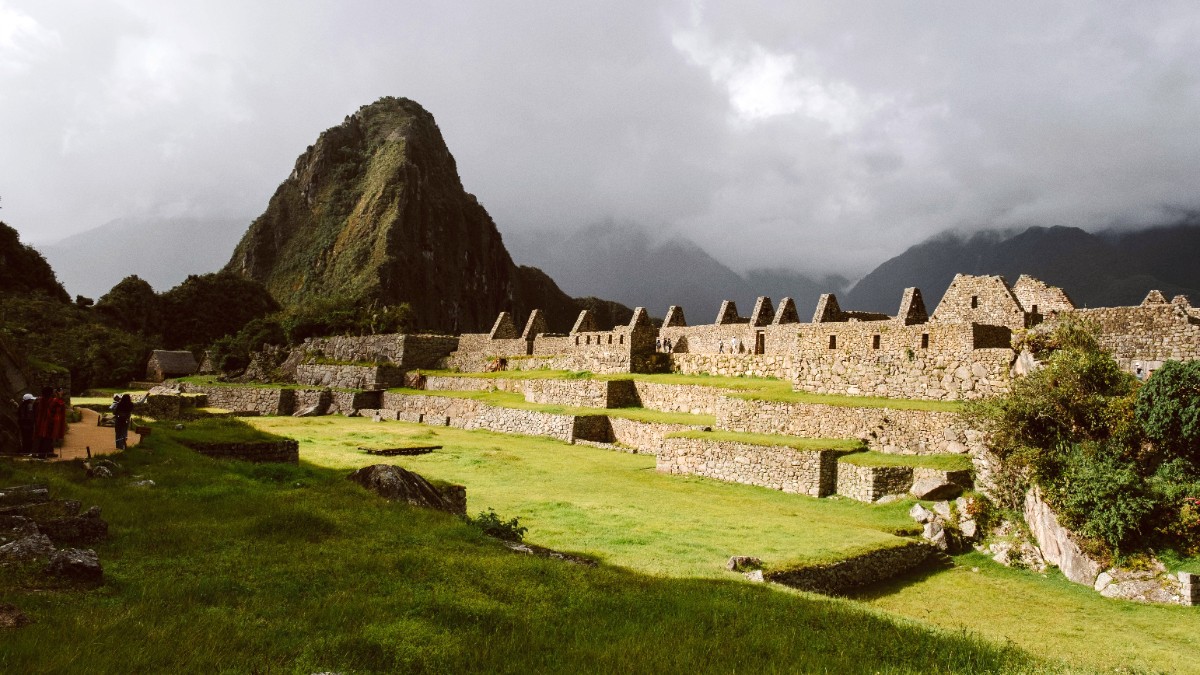
Peru
Peruvian cuisine is a fusion. Waves of immigrants from Africa, China (Chifa cuisine), Japan (Nikkei cuisine), and Italy shaped its flavors. This rich history fashioned a culinary landscape celebrated for diversity and depth, rooted in Peru's varied geography.
Peruvian cooking relies on a bounty of fresh, local ingredients. Over 3,000 potato varieties, various corn types (like choclo), and ancient grains like quinoa are staples. Chicken, beef, pork are common proteins; alpaca and cuy are unique Andean meats.
Hearty, warming. Abundant potatoes, corn, quinoa, local meats like alpaca and cuy. Soups and stews form a significant part of the diet. Common preparations include baking, roasting, and slow-cooking.
Known for fresh seafood. Ceviche is the star. Other specialties include lomo saltado (stir-fry with Chinese influence) and aji de gallina (creamy chicken stew).
Features exotic fruits, river fish (like paiche), unique meats. Dishes often use plantains, yuca, and distinct jungle spices. Less common in Cusco, but some restaurants may feature specialties.
Fresh raw fish marinated in "leche de tigre" (lime juice, red onion, cilantro, aji limo). Served with sweet potato and corn. Find it in seafood-focused restaurants.
A zesty, refreshing coastal dish.
Flavorful stir-fry: marinated sirloin strips with onions, tomatoes, aji amarillo. Served with French fries and rice. Chinese-Peruvian (Chifa) culinary influence. Widely available.
A hearty, satisfying stir-fry.
Creamy, comforting chicken stew. Shredded chicken in a rich, yellow, slightly spicy sauce (aji amarillo, walnuts, cheese, milk). Served with potatoes and rice. A common, popular dish.
A comforting, savory stew.
Skewers of grilled marinated beef heart. Surprisingly tender and flavorful. Look for street vendors, especially in the evenings.
Baked or fried pastries with various savory fillings (meat, cheese, vegetables). A quick and satisfying snack.
Cusco features a growing fine dining scene, showing modern Peruvian cuisine. Establishments blend traditional ingredients with innovative techniques in sophisticated settings.
Numerous options cater to tourists and locals. Mid-range spots offer comfortable dining. Budget eateries, often "Menu del Día," present excellent value.
Markets offer authentic local flavors. Cusco, a major tourist hub, features a diverse range of international cuisines.
Vegetarian and vegan options are available, especially in Cusco's San Blas neighborhood and tourist-heavy areas. Many restaurants include dedicated sections or full menus. Traditional Peruvian dishes can be adapted (e.g., causa with vegetable fillings, quinoa soups).
Specialized vegetarian restaurants are present.
Clearly communicate dietary needs. Use Spanish phrases: "Soy vegetariano/a" (I am vegetarian), "Soy vegano/a" (I am vegan), "sin carne" (without meat), "sin lácteos" (without dairy), "sin huevos" (without eggs).
Online apps like HappyCow assist in locating suitable restaurants.
Increasingly recognized, especially in higher-end Cusco restaurants. Corn and potatoes are naturally gluten-free staples.
Carry an allergy card translated into Spanish. Communicate clearly with staff. Vigilance important with street food.
Very limited options outside Lima. Self-catering is a consideration, buying fresh produce from markets.
Discuss dietary requirements with your hotel in advance for suitable breakfast or restaurant recommendations.
Traditional Andean cooking method. Food (meats, potatoes, corn, beans) cooks slowly in an earthen pit oven with hot stones, buried beneath the ground.
Distinct, earthy flavors. A celebration of "Pachamama" (Mother Earth).
Visit local chicherias in rural areas to sample chicha de jora, a traditional fermented corn beverage.
Insight into ancient fermentation practices.
Peruvian food traditions often link to specific seasons or religious festivals. During holidays like Semana Santa (Holy Week), certain traditional stews, breads, or sweets become prominent.
When exploring dining, read reviews for Aguas Calientes. In Cusco, explore options beyond the immediate tourist center for better value.
Popular in Cusco. Hands-on preparation of traditional dishes (e.g., ceviche, lomo saltado, pisco sour).
Guided walks through markets and local eateries. Sample various dishes, learn about Peruvian culinary history.
Some Sacred Valley tours include visits to local farms. See traditional potato and corn farms.
Delicate shortbread cookies filled with dulce de leche (creamy caramel).
A sweet, melt-in-your-mouth treat.
A sweet, thick purple corn pudding with dried fruits and spices.
A unique and comforting dessert.
Apps like HappyCow are useful for finding vegetarian and vegan-friendly restaurants in Cusco.
Discuss your dietary requirements with your hotel in advance. They may offer suitable options or recommendations.
Peruvian cuisine is a highlight. Embrace local flavors, but international options also abound. Dietary needs are increasingly accommodated.